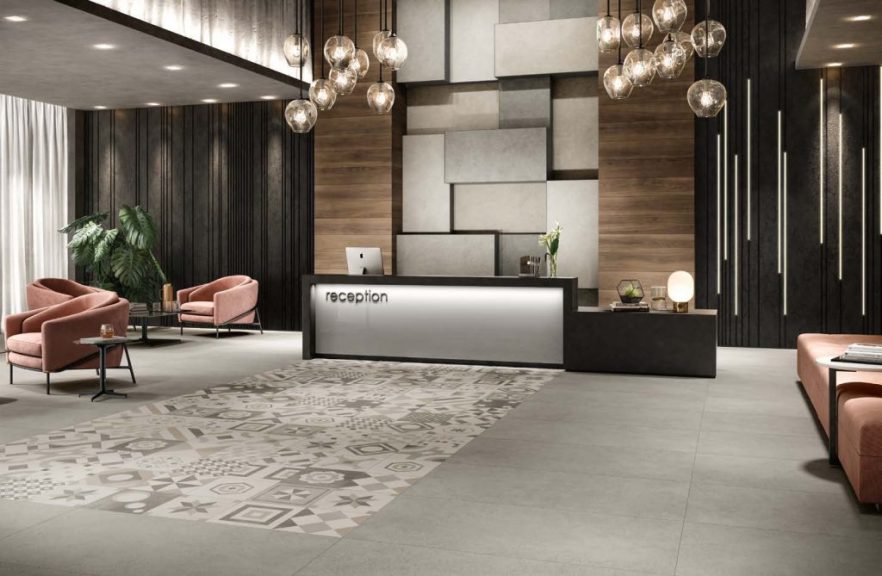


Covid-19 Effect on Hospitality Design
COVID-19 has been drastically affecting our lifestyles since the end of 2019. People’s priorities have changed with the impact being long-term and, affecting all walks of life. It has especially affected the hospitality designs such as restaurants, bars and, hotels that were forced to shut down. In the past year, designers have continuously adapted to the new reality while absorbing lessons from these unusual circumstances.
According to the experts, here are some ways the hospitality design including hotels, restaurants, bars, and other gathering spots has changed ever since COVID hit the globe.
Outdoor Spaces & Open Plans
In order to make the experience more friendly and communicative, the idea of walls has been removed. An open layout provides connectivity while maintaining a safe distance.
Hotel designs should be resilient and flexible but, with compartmental spaces. The shared communal spaces should have a one-way circulation pattern that allows a direct flow of people. Terraces, operable windows, private rooftops are an excellent option to improve ventilation and create a safe environment. Moreover, outdoor spaces are best to gather for fresh air and, to connect with nature.
Health & Wellness Concerns
Designers and architects will continue to study the evolving health standards, quality of the air, and technology that works best for hospitality design in order to boost customer confidence. Now more than ever, natural ventilation and light, will remain a high priority for designers.
Use Of Materials
Cleanliness is now, the new aesthetic. People are going for features that are manageable such as anti-bacterial materials, seamless surfaces, bathrooms with easy and efficient cleaning, and, overall simple materials. All these elements can be designed elegantly while also being easy to maintain.
The demarcation between areas is also an uncomplicated way to define zones by color or texture, allowing people to set apart spaces of use and, limiting the spread of the virus.
The endemic has certainly brought difficulty and worry to our lives. With that, it has also shaped our cities and lifestyles while forcing design and architecture to evolve and adapt.

0 comment